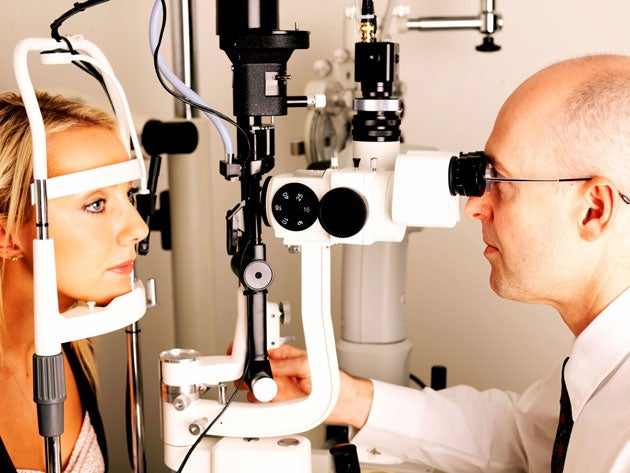What doctors can tell about your health just by looking at your eyes
Windows to your health

If seeing well isn't enough of a priority, here's a better reason to get your vision checked regularly: A third of all known genetic syndromes can affect your eyes.
Dr Neal Adams lists the gamut of systemic disorders — diseases that affect the entire body — that ophthalmologists can detect during a simple eye exam.
Your eyeballs can show signs of diabetes, nutritional deficits, cardiovascular disease, and nerve damage, to name a few.
Here are some of the things ophthalmologists look for during an exam.
Abnormally shaped or coloured blood vessels can show signs of cardiovascular disease such as high blood pressure. Ophthalmologists can even see individual red blood cells flowing through the capillaries — tiny blood vessels — in the eye.
Stress can take a toll on your eyes, just as it can on the rest of your body. According to Adams, “Stress causes cells behind the eye to leak fluid, like having a blister in the retina.”
Here's what that painful-sounding disorder can look like:
In the eye below, a brown halo surrounds the pupil — the opening at the centre of the eye that looks black — a disorder called posterior synechia. The condition occurs when the coloured part of the eye, called the iris, gets attached to the eye's lens, which lies through the pupil.
It's often an indicator of inflammation elsewhere in the body.
• The 11 safest cities in the world
• Every Michelin-starred restaurant where you can dine for £30 or less
• Heathrow has a secret £3,300 VIP service
Read the original article on Business Insider UK. © 2017. Follow Business Insider UK on Twitter.
Join our commenting forum
Join thought-provoking conversations, follow other Independent readers and see their replies
Comments